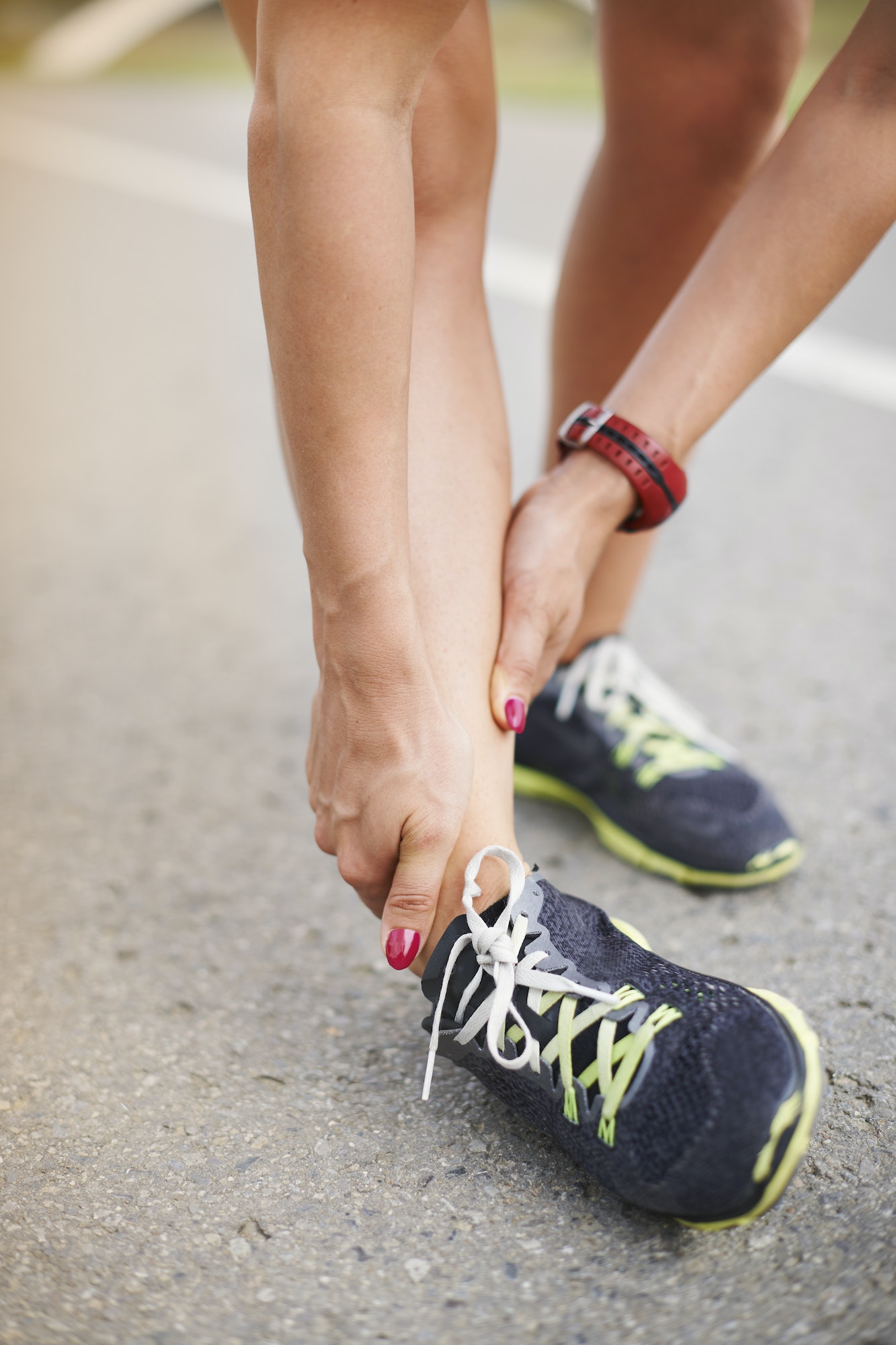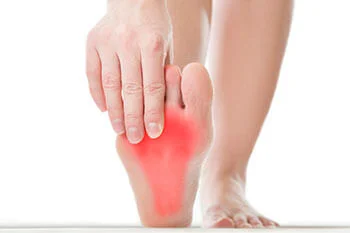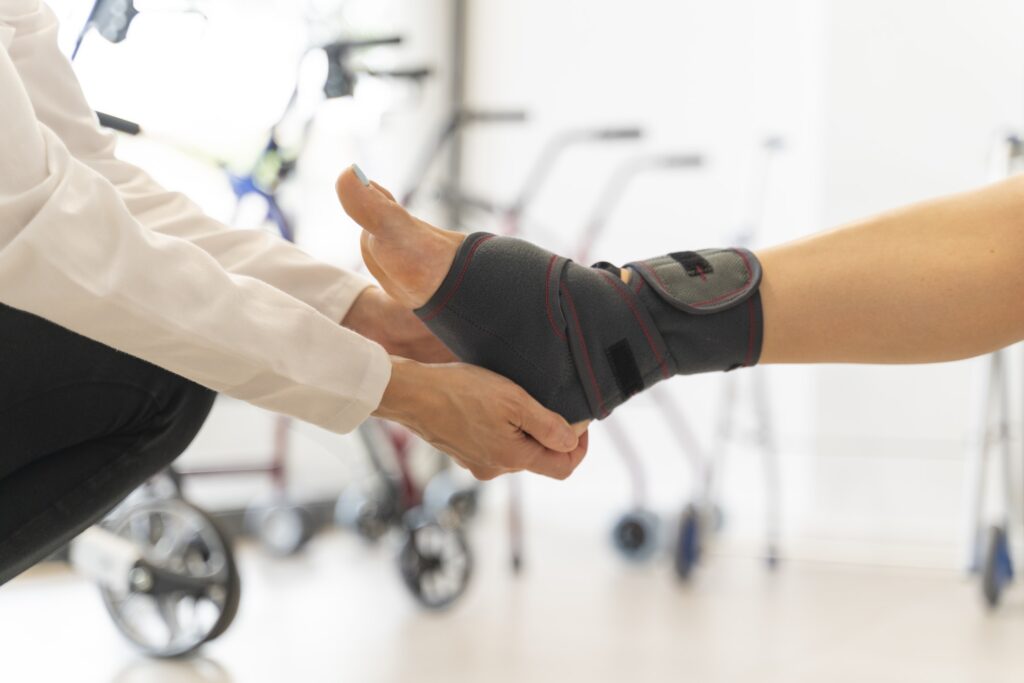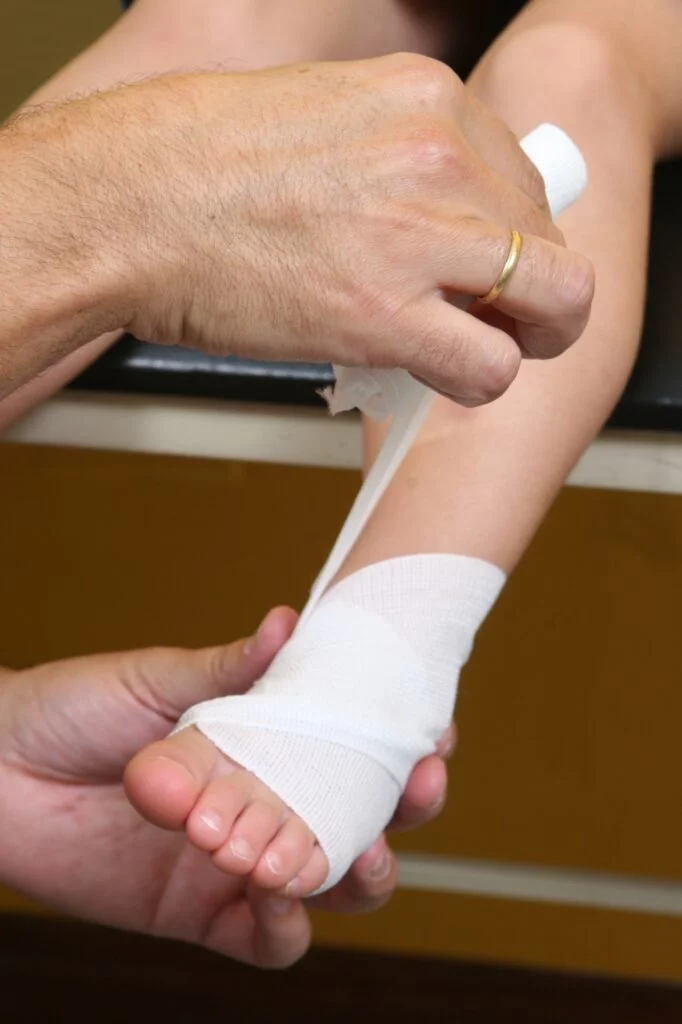Table of Contents
Introduction
Calf Weakness
Calf weakness is a prominent problem associated with patients with long term ankle arthritis. The pain of arthritis forces patients to limit their activities sometimes for years. As a result, after the primary pain source has been removed it is natural to increase activities and suffer from persistent calf weakness.
Typically, the calf after total ankle replacement can be 1-2 inches smaller than the opposite leg. There are exercises that will address the calf weakness however it often takes time to resolve the problem. Interestingly, while walking is an excellent exercise, this activity will only maintain calf strength but will not build strength. Therefore, it is critical to work the calf muscle against gravity.
As long as the calf is weak the ankle will tend to swell, therefore calf exercises are important to begin. Physical therapy is usually needed to get a start on the rehabilitation process and transition to a home program.




